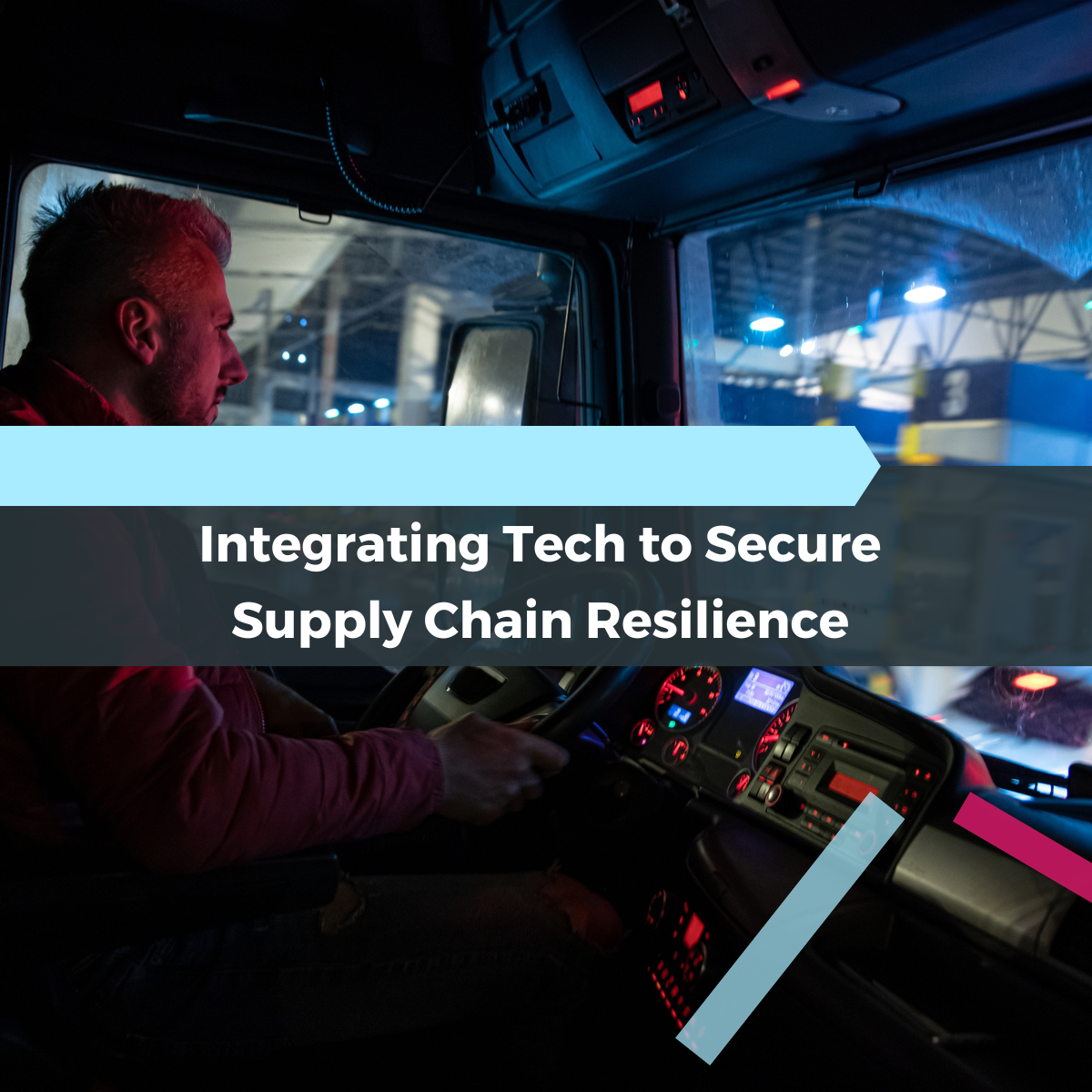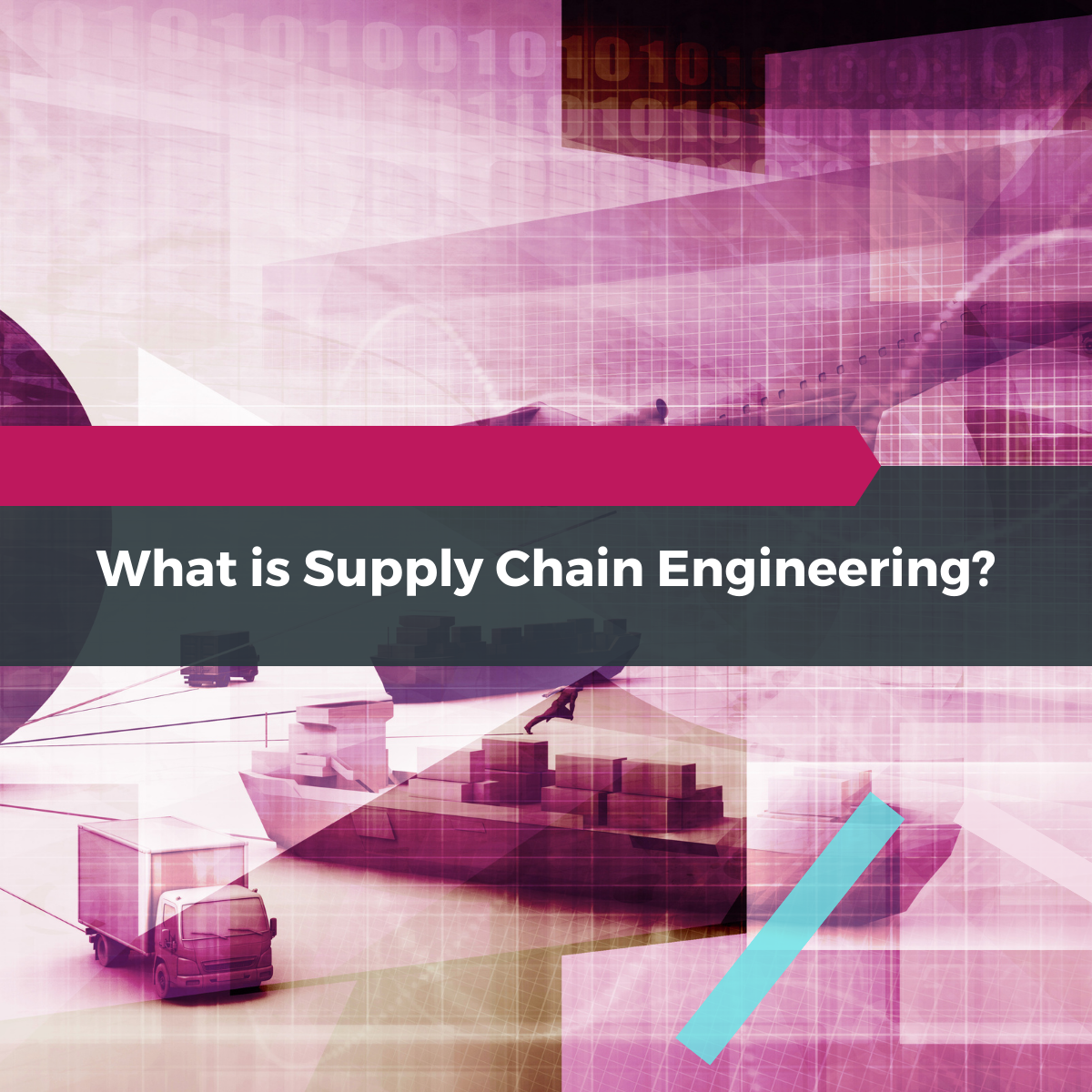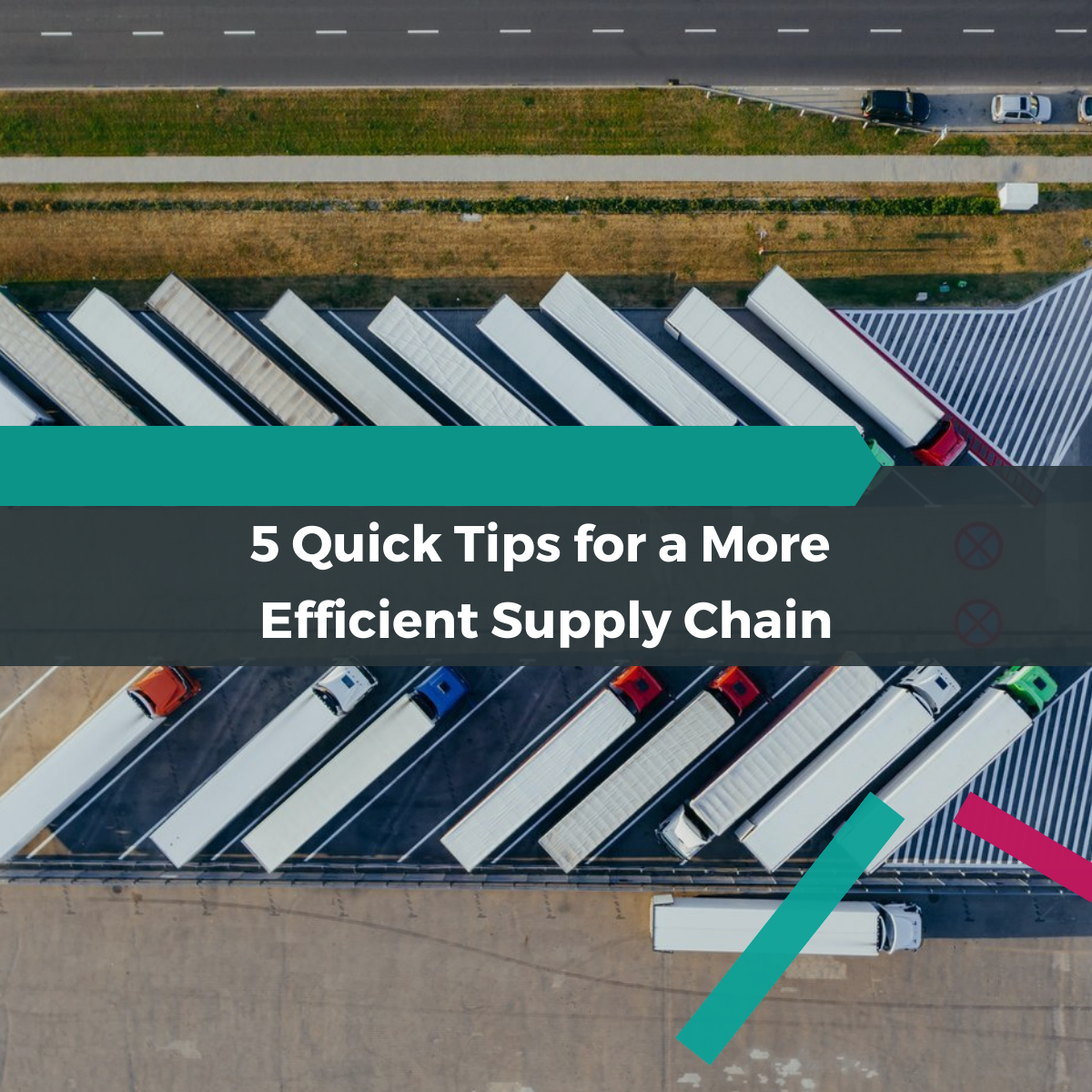Can the Supply Chain Help the Cost-of-Living Crisis?

As we near the one-year mark since the start of the cost-of-living crisis, it's become clear that the soaring prices of food are having a significant impact on consumers.
With rising fuel costs and inflationary measures on production, most of those involved in the supply of these goods have their hands tied.
So, what options are left to mitigate the impact of future price hikes?
Due to the ongoing fuel crisis, haulage companies have been forced to raise their prices to maintain their operational costs. At the same time, the production of food goods is also becoming increasingly expensive as costs continue to rise across the entire supply chain.
Farming, manufacturing, warehousing and distribution are all also bearing higher sector-specific costs and this challenging environment has made it difficult for companies to manage margins resulting in price increases.
These higher costs are then passed on to consumers in the form of higher prices for groceries and other food products. As a result, many people are struggling to afford the food they need, leading to justified concerns about continued price hikes and the cost of living. So what is the solution?
The reality is that many supply chains are not operating as efficiently as they could be. We have spent many years analysing various supply chains and creating tech to offer practical solutions to address these inefficiencies.
We have previously spoken on how the utilisation of supply chains in the UK currently stands at only 47.6%, highlighting various factors such as a 30% empty running rate and a 62% average vehicle fill.
While these rates are alarming, rather unsurprisingly there are many other false economies within supply chain operations.
An example of such inefficiencies is observed in the transportation of pallets to consolidation hubs, at a first glance this can appear to be the most economical option due to the perceived low-cost pallet rates, however this often involves unnecessary miles travelled in opposite directions; increasing costs of each item moved and not to mention the environmental impact this has.
The main reason for these inefficiencies is the limited data available or difficulty in the manual consolidation of data, which makes it challenging to identify and address problems precisely.
This was the driving factor behind the development of our technology. Being able to pinpoint inefficiencies within a supply chain such as low vehicle fill, poor routing, driver capacity and empty runnings.
Where solutions can easily be drawn, implemented and tracked in real-time, as to how resource redistribution can increase utilisation and efficiency while also reducing carbon and monetary costs.
By detecting and addressing inefficiencies within supply chains, cost-effective operations can be created, where all parties involved in the supply chain can achieve more viable operations.
This not only prevents consumers from bearing increased costs but also allows for more sustainable practices. Ultimately, it highlights the importance of proactive management of supply chains, leading to a more efficient and equitable economic landscape.
With consumers facing a myriad of pressure due to the cost of living, is it not time to look critically at our supply chains?































